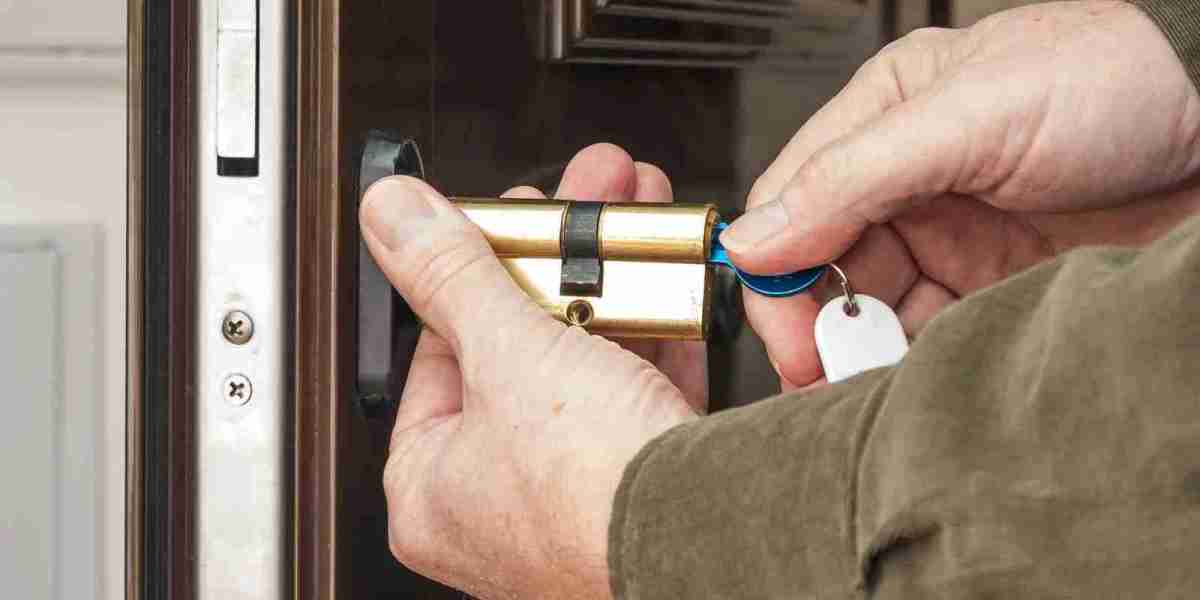Schools must create spaces where every student feels valued. Traditional discipline often excludes students from learning. Restorative practices provide a better solution. They help students take responsibility and repair harm through respectful dialogue.
These practices support relationships and community-building. They help teachers and students handle conflict constructively. Schools that use restorative approaches reduce suspension rates and improve student behavior. One useful tool in this process is the use of restorative questions cards.
Understanding Restorative Questions Cards
Restorative questions guide conversations after a conflict. They help students reflect on their actions and understand their impact. These questions are not meant to punish. Instead, they support healing, accountability, and growth.
Teachers and school staff use restorative questions cards to keep conversations focused. Each card includes simple, clear questions that encourage students to think about what happened. The cards support dialogue that builds understanding and respect.
Types of Questions on the Cards
There are usually two sets of questions. One set is for those who caused harm. The other set is for those affected. Each group of questions helps students express feelings and listen to others. This structure leads to solutions that restore relationships.
For those who caused harm, questions might include:
What happened?
What were you thinking at the time?
Who has been affected by what you did?
What do you need to do to make things right?
For those affected, questions might include:
What did you think when it happened?
How has it affected you?
What has been the hardest part?
What do you need to feel better?
Benefits of Using the Cards
These cards support consistency across classrooms. Staff can rely on them to guide difficult conversations. They also make restorative practices easier for new teachers to adopt. When used regularly, the cards help students build emotional skills and empathy.
The cards also reduce tension. They create a calm, structured way to handle conflict. Instead of reacting emotionally, students respond thoughtfully. This process teaches responsibility and encourages students to repair harm.
Supporting a Restorative School Culture
Restorative practices work best when they are used across the school. Cards become part of everyday routines. They help create a culture of reflection, listening, and fairness. Everyone in the school benefits from this shared approach.
Leaders must train staff to use the cards effectively. When everyone uses the same tools, the school becomes more united. Restorative questions support communication in classrooms, hallways, and offices. They help schools build consistent expectations for behavior.
Role of Restorative Questions Cards in Conflict Resolution
Conflicts in schools happen daily. These moments offer opportunities to teach better responses. The cards give students a safe space to express themselves. They allow both sides to share and listen without judgment.
This process leads to stronger understanding. Instead of punishment, students learn how their actions affect others. They also learn to take steps to repair trust. These lessons last beyond the moment. They shape how students behave in the future.
Supporting Emotional Growth
Restorative questions do more than resolve problems. They support emotional growth. Students learn how to manage emotions, take perspective, and build empathy. These skills help them in class, at home, and in the community.
Teachers report that students who use restorative questions become more aware. They begin to think before they act. They also take more responsibility for their behavior. These changes improve classroom environments and student relationships.
Simple Tool, Strong Impact
Restorative questions cards are small but powerful. Their clear structure helps both adults and students handle difficult situations with care. Teachers can keep the cards in their pocket, on their desk, or posted on the wall for easy access.
Using the cards regularly builds student trust. They show students that their voice matters. Students know they will be heard and treated fairly. This trust encourages them to participate in the school community more fully.
How to Introduce the Cards
Schools can begin by explaining the purpose of the cards during classroom meetings. Teachers can model how to use them during role-playing activities. This helps students feel comfortable with the questions before using them in real situations.
Posters, handouts, and visuals can also support student understanding. Families can receive information about the cards to support consistency at home. Schools can also translate the cards into different languages to reflect community diversity.
Building Long-Term Change
The regular use of restorative questions helps schools create long-term change. Students begin to expect thoughtful dialogue when problems arise. This leads to fewer conflicts and stronger relationships.
When students experience fairness, they build trust in the school. That trust creates a safer and more welcoming environment. Over time, the school becomes a place where every student feels respected, heard, and valued.






